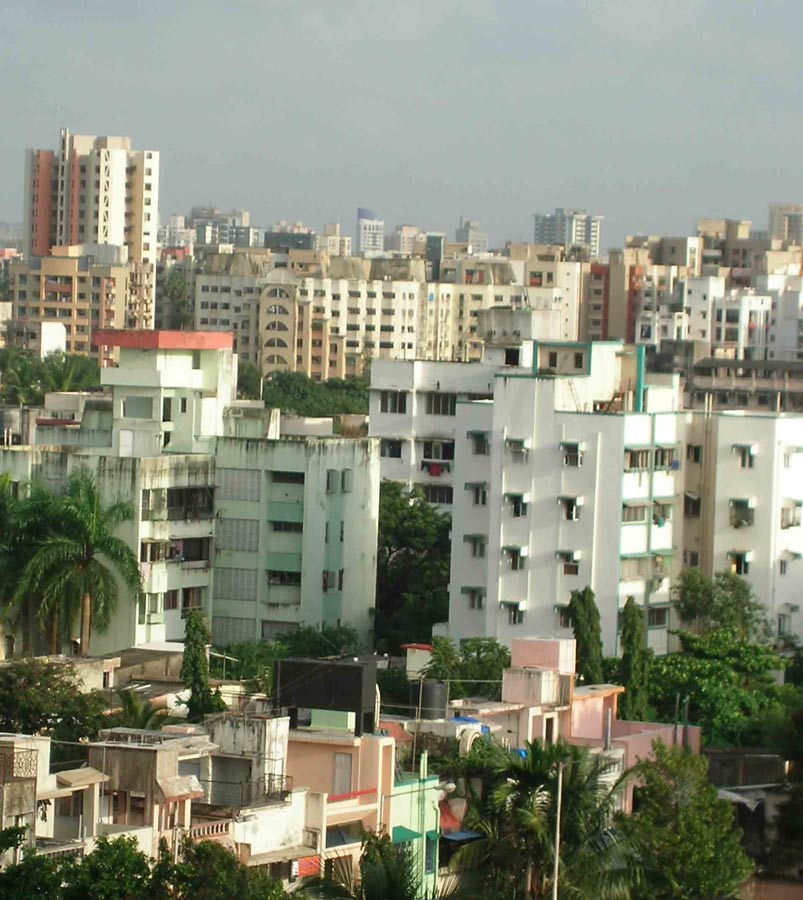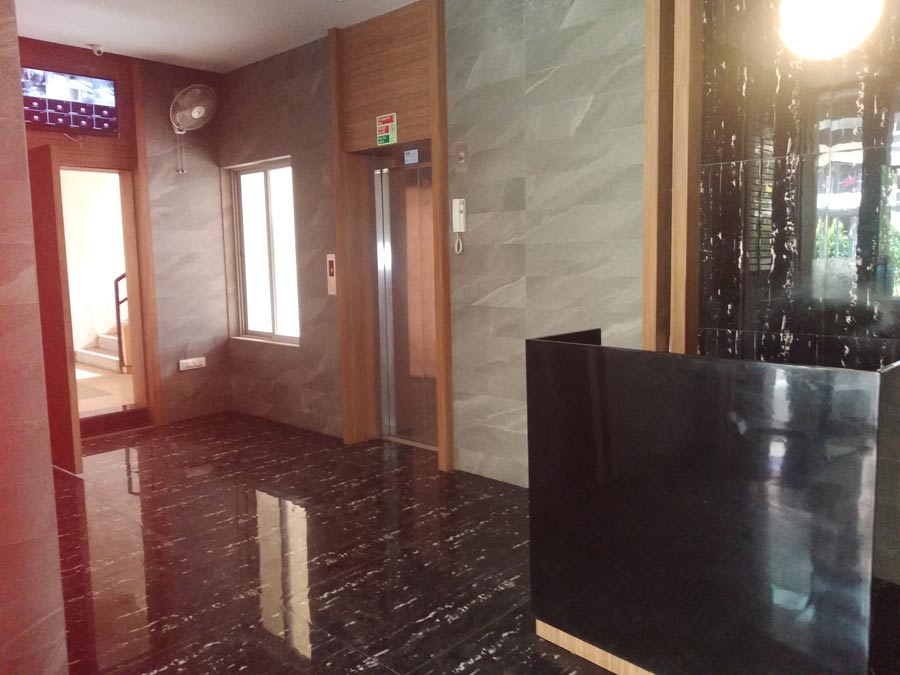Elevator awareness among consumers and the need for usage guidelines

India is in transition mode, where vertical transportation is concerned. On one hand, swanky towers with the latest elevators provide the best experience, made possible by advances in technology. At the same time, most of the older buildings, even in major metros like Mumbai, have outmoded open-grill-door lifts, in various stages of disrepair. Those using both would benefit from greater efforts in consumer education and awareness.
Pooja Sharma, an entrepreneur who balances home and career responsibilities, opines that fire drills with an emphasis on elevator dos and don’ts should be conducted at all residential complexes. She asks, “We are all horrified at the thought of fire in our building premises, but if I ask you the emergency helpline number of your nearest fire brigade station, is it saved in your mobile?”
Sharing the example of the Silver Oak project in Thane, where she resides, Pooja explains:
“Earlier this year, there was a demonstration in our society conducted by the fire brigade. They advised us not to use the elevators during the time of such an emergency. Instead, one should use the stairs to escape from the building. In case of being trapped in the elevator, we need to press the alarm button for help and rescue. Silver Oak is a 10-story building, and a fire extinguisher is installed on each floor. We have a refuge space on the eighth floor of every wing, so in case of fire, if we are not able to use stairs, the guidelines are to stand in the refuge area and wait for the fire brigade.”
In pre-millennium buildings with older-model lifts, incidents of getting stuck between floors due to power cuts or mechanical failures are a given, and the people trapped inside are often not aware how to manage the situation. They tend to overreact and end up complicating what is a manageable situation. In fact, having an older elevator can sometimes be a blessing in disguise.
Since the grille allows the flow of air and light, there is no need to panic and start screaming. Even attempts to force it open and try exiting at the risk of being trapped in case it starts to move are unnecessary. This is because, unlike the solid-door elevators, there is no telecom connectivity issue. As cell phones can access signals, one can calmly call someone within the building and ask them to notify the maintenance team.
Varsha Mayekar, a homemaker, thinks lifts are very useful and save much time compared to stairs. Echoing her views, engineering student Rohit Mayekar points out that, while lifts save time while accessing places at higher levels, in some cases, they are not maintained. A recent visit to his friend’s place entailed some discomfort, because the lift did not touch the ground floor level, stopping two inches before that.
The reality is that misalignment is one of the problems seen in most old elevators that are not properly maintained, and it is accepted as normal by the residents, who either raise or lower their first leg while exiting, depending on whether it has stopped several inches above or below the landing level. Visitors who ask why it is not rectified are given blank stares or shrugged shoulders in response, which trivializes the danger of tripping and falling.
When residents upgrade to a modern lift with sensors and an automatic rescue device (ARD), the investment is pointless unless they are made aware of how to use these features. Gym trainer Vishwanath Chavan shares that, while old lifts with shutters are scary, the new ones with sensors can also cause some tense moments, as they sometimes do not work properly. Engineering student Saurav Salunkhe concurs, but with a disclaimer that, while the new lifts with sensors are better than the old ones, they should be maintained properly and cleaned regularly.
There have been cases where children overload the sensors by repeatedly keeping their hands between the doors and taking them back. Due to this, there is the chance people entering or exiting the elevator may get stuck between the doors. Similarly, while the ARD ensures the elevator will stop at the nearest floor, sometimes the people inside still force the doors open. This, too, can affect the mechanism, causing situations in which the doors do not open properly after a power outage.
Tier 2 cities are at a different stage of the learning curve altogether. Pune-based media consultant Sameer Rajore shares that most buildings are a maximum of six floors. Since low-rise buildings are the norm, awareness regarding elevators and their usage tends to be quite limited. While this is a big problem in older buildings, the scenario in newer structures is quite different, as efforts are being made toward improving awareness.
In both types of cities, people living in old buildings with only three or four floors opt for refurbishment to incorporate elevators so senior citizens do not have the strain of climbing stairs. However, they do not realize there are also recurring costs after the initial capital cost. Since they are used to paying a lesser maintenance amount, the additional cost of maintaining elevators and hiring an operator to facilitate senior citizens and small children is often difficult to manage.
Reducing these costs by opting for cheaper maintenance or not hiring a lift operator is not advisable. Cheaper maintenance tends to be expensive in the long run, with regular breakdowns and spare parts requiring replacement. The absence of an operator can be fatal if a senior citizen or child encounters problems riding alone. So, it is important to explain to society that these recurring costs have to be borne with an elevator purchase. One way of guiding them to deal with these recurring costs is to suggest engaging an advertising agency that can set a small LED screen or monitor to run promotional advertisements. This becomes an additional revenue source and can help offset the additional financial burden.
Inputs compiled by Sneha Salunkhe, a Mumbai-based media consultant who, having recently been through a harrowing experience of spending two hours trapped in an elevator during a power cut, affirms generators are a must, even in older buildings, to prevent such situations from recurring. 🌐



Get more of Elevator World. Sign up for our free e-newsletter.





